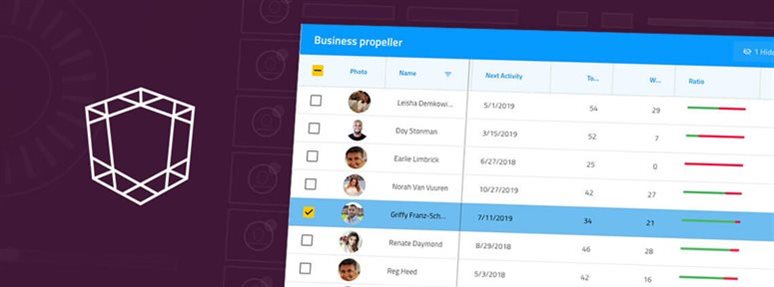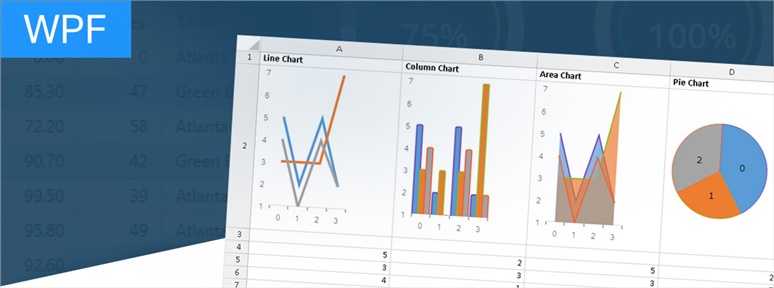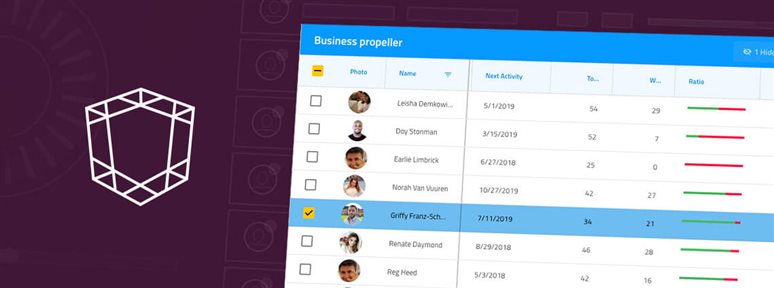What should you choose between Blazor vs Angular? Find out the state of Blazor today and how it compares with one of the most popular frameworks, Angular.
The App Builder Blog
It’s no secret that Uno Platform has been getting a ton of buzz recently, and rightfully so. Imagine being able to write your applications with .NET using XAML and C#, and then deploying it on Windows, iOS, Mac, Android, Linux, and running in the browser with WebAssembly. All from a single code base. It's every .NET developers dream.
Icons have always been important in enhancing the user experience, not only for navigating easily through the information in your app or on your web site but also in increasing the readability of the content by summarising it, making it exciting and drawing the user’s attention to the most important parts of your web projects.
Our enhanced grid keyboard navigation helps you overcome the number of controls and items that have increased dramatically on most web pages. Learn more.
This post highlights the changes starting with NPM packages deployed from our 20.1 release (9.1 Angular) from June 2nd and forward. Any NPM packages prior to this release are unaffected.
What are angular schematics and what are their benefits? Learn how to improve your library with Angular schematics by taking full advantage of ng add and ng update.
Ignite UI for Angular Grid is the fastest data grid available. It not only helps to run applications faster but also allows you as a developer to write applications faster.
Are you a WPF developer? Here we present 15 tips to help you identify and improve the performance of your WPF applications. Read more.
How you present data to the user is essential. Often you cannot present data as it is from the data source to the viewer.
In Angular, it is essential to know how components communicate with each other. If you use a component inside another component, they create a parent child relationship. In such a scenario, parent and child components communicate to each other in following ways: You can learn in detail about @Input here and @Output here. In this […]







